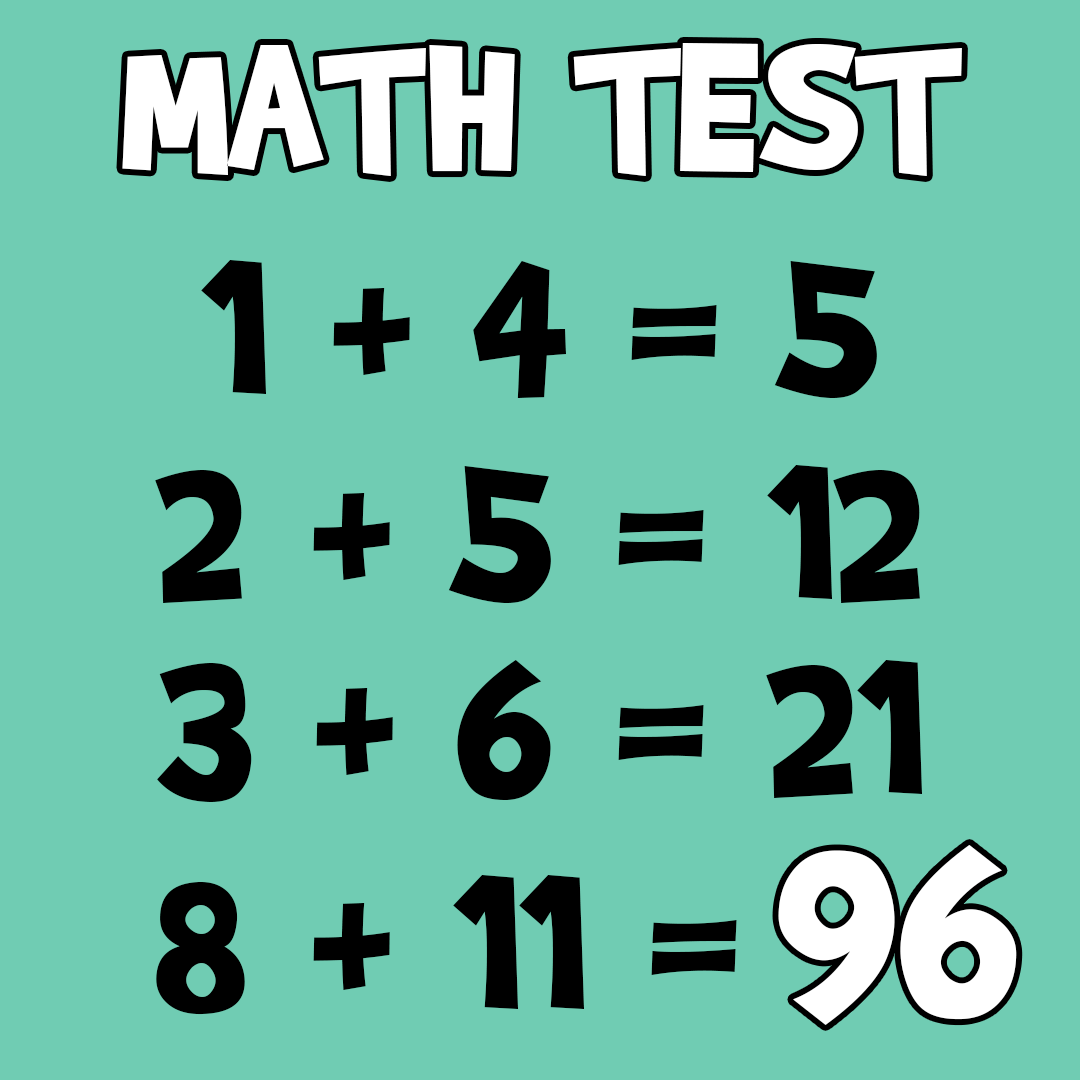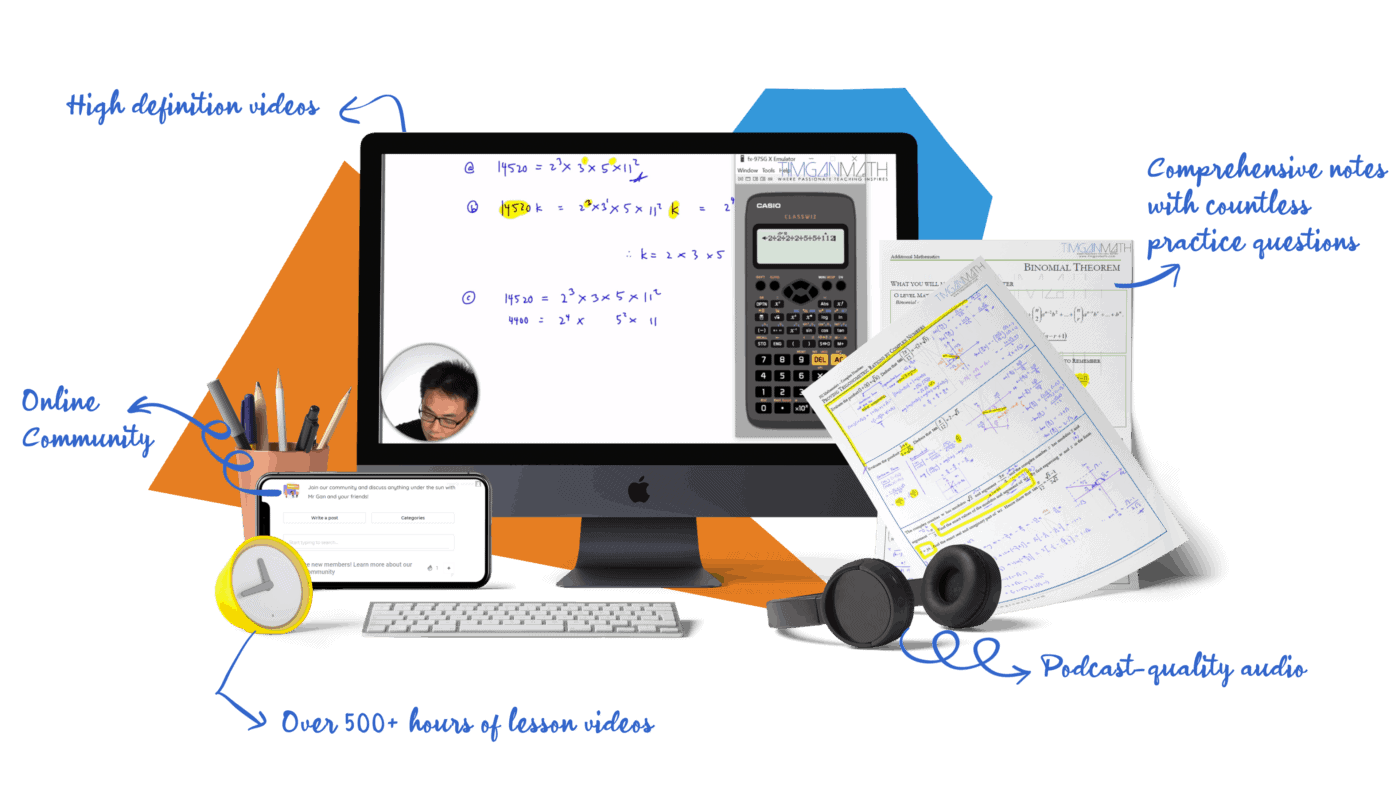Breathtaking Info About How To Get Rid Of E Math

Learn more about plot, format how do i get rid of the e notation in a variable?
How to get rid of e math. If the natural log is ln(x+1), i. That something is 9 9, therefore e9 = 3 + x e 9 = 3 + x. This part reads to me as saying.
Eln(3+x) =e9 e ln ( 3 + x) = e 9. E is an irrational number (it cannot be written as a simple fraction). E is the base of the natural logarithms.
Exponents and logarithms work well together because they undo each other (so long as the base a is the same): E is a mathematical constant. An exponential equation is an equation in which a variable occurs as an exponent.
If we are given equations involving exponentials or the natural logarithm, remember that you can take the exponential of both sides of the equation to get rid of the logarithm or take the natural logarithm of both sides to get rid of the exponential. When you multiply two exponents with the same base, you add the exponents and when you divide two exponents with the same base you subtract the exponents, (1). 10 = ex → ln(10) = ln(ex) → x = ln(10) this value is irrational, so the only exact way to write it is.
1 y =xt y = x t this gives you: It is often called euler's number after leonhard euler (pronounced oiler).
E is a mathematical constant. Solve 0.5 = e x. If this equation had asked me to solve 2 x = 32, then finding the solution would have been easy, because i could have converted the 32 to 2 5, set the exponents equal, and solved.
Base e is applied to both sides of the equation. To get rid of the base e, we can take the natural log of both sides: Then we move on and add e e to each side.
How fractional exponents are related to. When working with differential equations, sometimes base e is used to to remove the natural log.
Get rid of e notation. Ln(y) = ln(xt) = t ln(x) ln(y) = t ln(x) ln ( y) = ln ( x t) = t ln ( x) ln ( y) = t ln ( x) here we use the rule of logarithms (which applies to ln ln as well):

















